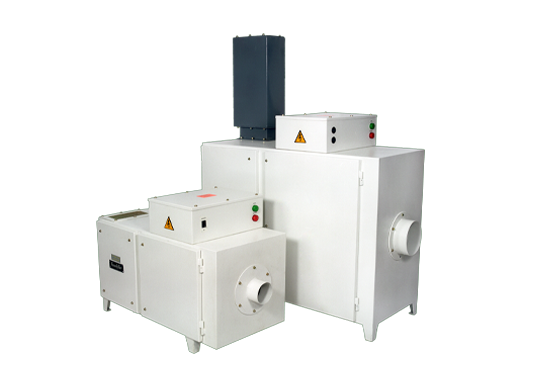Water-based coolants, commonly used in various industrial processes and machining operations, is favored for its ability to cool and lubricate machinery effectively. However, while it offers numerous benefits, water-based coolant can also have harmful effects on both human health and the environment. This article details the properties of water-based coolants, their applications, and the potential adverse impacts they can have.
What are water-based coolants?
Water-based coolants, also known as cutting fluids or metalworking fluids, are liquids used in manufacturing and metalworking processes to reduce friction and heat generated during various processes like machining, grinding, and cutting. They typically consist of a mixture of water and various additives, including lubricants, rust inhibitors, and surfactants. These additives enhance the coolant’s performance and longevity.
Applications of Water-Based Coolants:
Water-based coolants find widespread use in various industrial applications, including:
- Metal Cutting and Machining: Water-based coolants are crucial in metalworking operations such as milling, turning, and drilling. They help maintain the tool’s temperature, prolong tool life, and improve surface finish.
- Grinding: In precision grinding processes, water-based coolants prevent jobs from overheating, reduce grinding wheel wear, and aid in achieving precise tolerances.
- Heat Treatment: Water-based quenching fluids are used in heat treatment processes to control the cooling rate of metal parts, preventing distortion and achieving desired material properties.
Harmful Effects of Water-Based Coolants:
Despite having their advantages, water-based coolants can have several harmful effects on humans as well as the environment and machineries:
1. Health Risks:
- Respiratory Issues: Inhalation of airborne coolant mist, which contains tiny droplets of the coolant, can lead to respiratory problems such as coughing, shortness of breath, and even lung diseases.
- Skin Irritation: Direct skin contact with water-based coolants can cause skin irritation, dermatitis, and allergic reactions. Some coolants may contain additives that exacerbate these issues.
- Occupational Diseases: Prolonged exposure to water-based coolant mist may lead to occupational diseases, including occupational asthma and hypersensitivity pneumonitis, which can be debilitating and affect a worker’s quality of life.
2. Environmental Impact:
- Contamination: Improper disposal of water-based coolant can result in soil and water contamination, negatively impacting ecosystems and potentially affecting drinking water sources.
- Bioaccumulation: Some components of water-based coolants may bioaccumulate in aquatic organisms, entering the food chain and posing risks to human and environmental health.
3. Corrosion and Maintenance:
- Corrosion: Water-based coolants can promote corrosion in metal components, particularly if not adequately managed or if the coolant becomes contaminated.
- Maintenance Challenges: Keeping coolant systems and equipment properly maintained can be time-consuming and costly, and neglecting maintenance can lead to operational inefficiencies and increased risks.
4. Microbial Growth:
Water-based coolants are susceptible to microbial growth, leading to issues such as unpleasant odors, degradation of coolant properties, and potential health hazards for workers exposed to contaminated coolant.
5. Waste Generation:
Disposing of used coolant can be a challenge, as it may be considered hazardous waste due to its potential to contain harmful additives and contaminants.
Mitigating the Harmful Effects:
To mitigate the harmful effects of water-based coolants, several measures can be taken:
- Effective Ventilation: Implementing proper ventilation systems like mist collectors in industrial settings can help reduce the concentration of airborne coolant mist, safeguarding workers’ respiratory health.
- Personal Protective Equipment (PPE): Workers should wear appropriate PPE, including gloves, goggles, and respiratory protection, to minimize skin contact and inhalation of mist.
- Safe Handling and Disposal: Follow proper procedures for handling, storing, and disposing of water-based coolant to prevent environmental contamination and reduce waste generation.
- Regular Maintenance: Routine maintenance of coolant systems and equipment is crucial to prevent issues like corrosion, microbial contamination, and degradation of coolant properties.
- Alternative Coolants: Consider using alternative cutting fluids, such as synthetic or semi-synthetic coolants, which may have fewer health and environmental impacts compared to traditional water-based coolants.
In conclusion, while water-based coolants are indispensable in various industrial processes, their use is not without risks. Understanding the potential harmful effects of these coolants is essential for adopting appropriate safety measures and practices to protect the health of workers and minimize environmental impact. Proactive management and responsible handling of water-based coolants can help strike a balance between their benefits and potential drawbacks, creating a safer and more sustainable working environment.
Visit us: https://www.powertechindia.com





